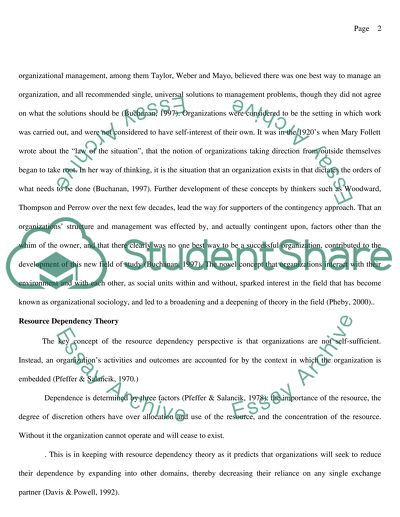Cite this document
(“Why do different theories of the firm exist Essay - 1”, n.d.)
Why do different theories of the firm exist Essay - 1. Retrieved from https://studentshare.org/miscellaneous/1522582-why-do-different-theories-of-the-firm-exist
Why do different theories of the firm exist Essay - 1. Retrieved from https://studentshare.org/miscellaneous/1522582-why-do-different-theories-of-the-firm-exist
(Why Do Different Theories of the Firm Exist Essay - 1)
Why Do Different Theories of the Firm Exist Essay - 1. https://studentshare.org/miscellaneous/1522582-why-do-different-theories-of-the-firm-exist.
Why Do Different Theories of the Firm Exist Essay - 1. https://studentshare.org/miscellaneous/1522582-why-do-different-theories-of-the-firm-exist.
“Why Do Different Theories of the Firm Exist Essay - 1”, n.d. https://studentshare.org/miscellaneous/1522582-why-do-different-theories-of-the-firm-exist.


